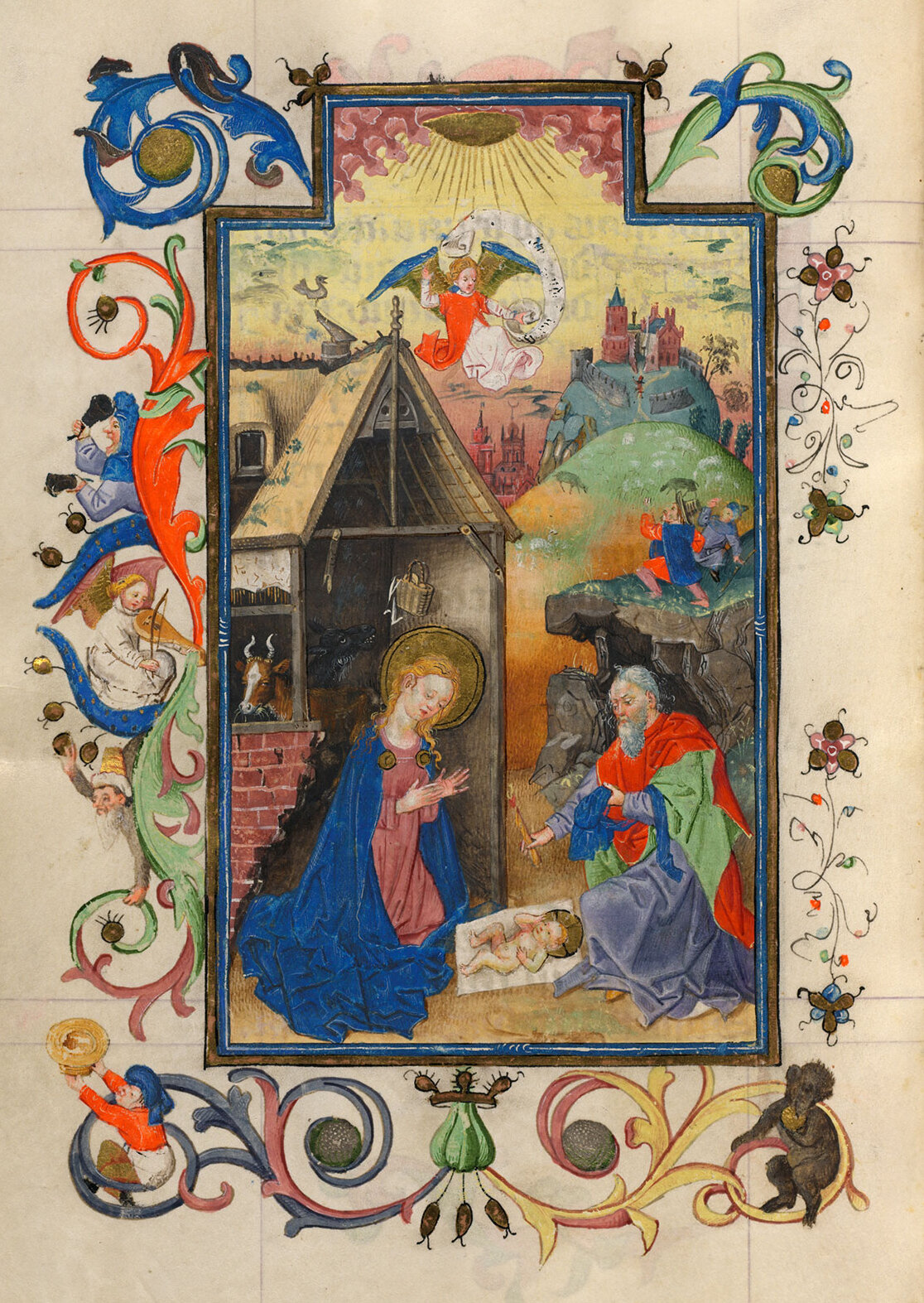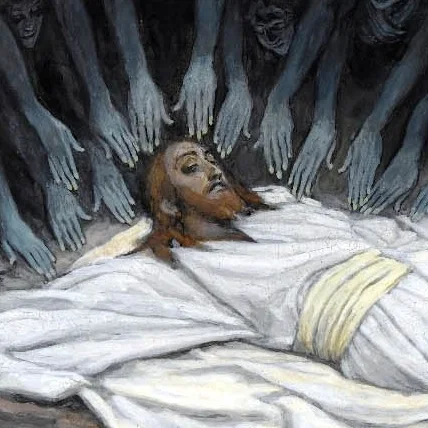The Fabric of the Shroud of Turin
The Shroud of Turin is an ancient cloth that entered recorded history in the year 1357. This is the date of the first known exhibition.
This cloth is a long, rectangular piece of fabric that measures 14 feet and 5 inches in length and 3 feet and 7 inches in width.
Imbedded in its topmost fibers is the faint image of a tortured and crucified man. This has lead some to believe that it may be the burial shroud of Jesus. Even though this has never been proven, the image itself is of such an unusual nature that a lively debate continues to this day as to the authenticity of the Shroud. Did it actually wrap the body of Jesus? Or is it a medieval work of art? Either way, efforts to reproduce the image and its subtle characteristics have, to date, not been successful.
The cloth is made of linen thread, and linen thread is made from the stems of the flax plant.
A field of flax plants.
Flax flowers.
In order to transform these stems into workable fiber that can be spun into thread and later woven into cloth, a long process of preparation must be carefully followed.
Flax plants laying in the field and undergoing a controlled form of rotting called retting.
The plants are pulled from the ground and tied into bundles. They are then laid down in the fields until the non-fiber parts rot. The remaining fiber, once dry, is pounded and cleaned. The final step before spinning is combing the long, lustrous fibers into bundles.
Flax stems.
At this point, the fiber is twisted (spun) into thread. During Jesus' time, all spinning was done by hand with spindles. The spinning wheel wouldn't be invented for at least another 500 years.
Egyptian, Middle Kingdom, late Dynasty 11 – early Dynasty, 2010–1961 B.C. Painted wooden model of a group of women spinning and weaving. The two women at the front are spinning flax. The two women at the back are working on a loom. Museum of Fine Arts, Boston.
Women spinning flax in the 15th century.
William-Adolphe Bouguereau (French, 1825-1905), The Spinner, 1873.
In the spinning process, the spinner twists the fibers in one of two ways: clockwise (Z) or counterclockwise (S). Because the structure of the flax fiber has a natural tendency to twist itself in an S twist, spinners over the millennia have spun it in this S direction, as if not wanting to "fight" the fiber. Curiously, the yarn that makes the Shroud has been spun in a Z twist (clockwise).
Z twist - fibers are twisted clockwise. S twist - fibers twisted counterclockwise.
The yarn used to weave the Shroud of Turin is of very high quality, evenly spun, and it has been woven into an unusual, fancy weave for the time, called 3 to 1 herringbone twill. The resulting cloth is very fine, with a density of 35 threads per centimeter, or about 89 threads per inch. To give some perspective, the finest surviving Egyptian mummy fabrics are 30 threads per centimeter (75 threads per inch), the thread is spun in an S twist and woven in simple plain weave - one thread over, one thread under.
Close up of Shroud fabric, with its distinctive three-to-one herringbone twill weave.
Egyptian mummy linen fabric from Tutankhamun's embalming cache. Metropolitan Museum, NYC.
Close up detail of Egyptian mummy linen fabric from Tutankhamun's embalming cache. Metropolitan Museum, NYC. This cloth is woven in plain weave.
The Shroud of Turin would be of limited interest as an ancient artifact were it not for the fact that the gospel of Mark mentions that Joseph of Arimathea wrapped Jesus' body in a linen cloth for burial:
“Joseph of Arimathea, a highly regarded member of the council, who was himself looking forward to the kingdom of God, went boldly to Pilate and asked for the body of Jesus. Pilate was surprised that he was already dead. He called the centurion and asked him if he had been dead for some time. When Pilate was informed by the centurion, he gave the body to Joseph. After Joseph bought a linen cloth and took down the body, he wrapped it in the linen and placed it in a tomb cut out of the rock. ”
James Tissot (French, 1836-1902). Joseph of Arimathaea Seeks Pilate to Beg Permission to Remove the Body of Jesus , 1886-1894. Opaque watercolor over graphite on gray wove paper, Image: 8 15/16 x 12 1/8 in. (22.7 x 30.8 cm). Brooklyn Museum.








































